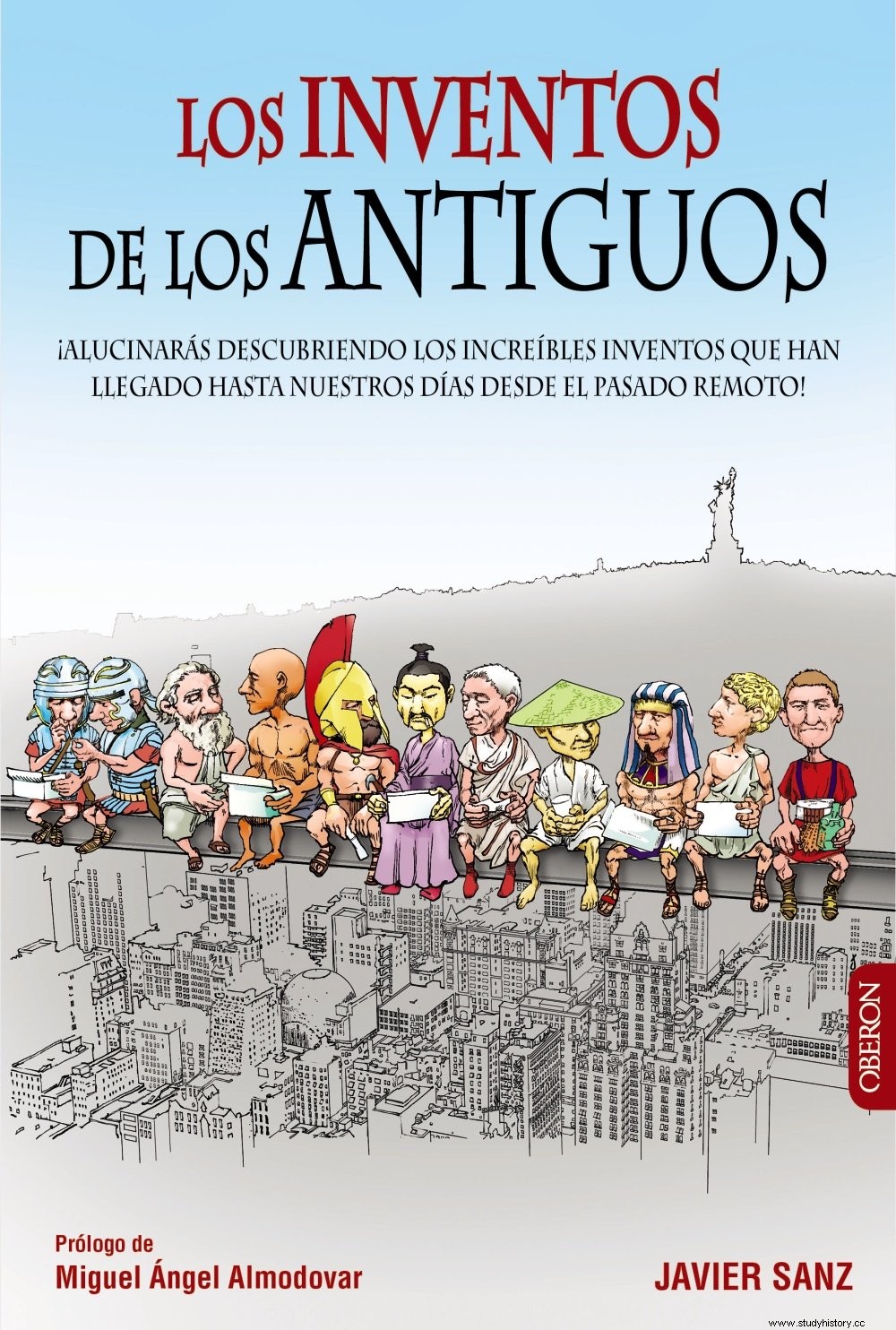Communications throughout history have been a key piece in the evolution of societies and their development has gone hand in hand with scientific advances. If my grandfather could now see the shepherds who go with their mobile phone... And this story is precisely about wireless and remote communication, but going back to classical antiquity.

Position of the fryctories
The use of remote communication systems between the Greeks, Romans or Carthaginians is known, and always linked to fights, battles and conquests. In the play Agamemnon which is part of the Oresteia , the Aeschylus trilogy , it is narrated how a sentinel is waiting for the signal of fire that indicates the fall of Troy and the return of Agamemnon. The Carthaginians also communicated with torches when they crossed the Alps with Hannibal to reach Rome. Apart from bonfires or torches, smoke or acoustic signals (drums, horns...) were also used. They were tremendously simple but very limited in terms of the message in question. So the Greek engineers Kleoxenos and Demokleitos they got down to work to improve and expand the communication systems and the content of the messages. To do this, they devised a system called Fryctoria . This communication system was made up of an extensive network of towers (Fryktories ) located in easily visible places at a distance of several kilometers. What made this system different from the previous ones was that two groups of five torches each were placed in each tower, in such a way that the number of them lit in each group determined a letter. This was the coding system:
Left\Right | 1 | 2 | 3 | 4 | 5 |
1 | α | β | γ | δ | ε |
2 | ζ | η | θ | ι | κ |
3 | λ | μ | ν | ξ | ο |
4 | π | ρ | σ | τ | υ |
5 | φ | χ | ψ | ω |
For example, the letter beta (β) Two torches were lit on the right and one on the left. The five lit torches on the left and right meant the beginning of a message and the end of a word. So it was very accurate but a bit cumbersome.

Hydraulic phone
Another system prior to the Fryctoria was the so-called hydraulic telegraph invented by Aeneas the Tactician . There is evidence that it was used in the First Punic War (264-241 BC). This procedure consisted of placing cylindrical containers filled with water at high and strategic points in which a rod was inserted inside. This rod had the messages engraved, each of them at a certain height. To initiate communication, the sender lit a torch and when the receiver did the same with his —tell me? —, both opened a valve located in the lower part of the container at the same time and let the water out until it reached the level of the desired message. At that moment, the sender turns off the torch –message finished – and the valves are closed. The level at which the water had remained in the rod indicated the message transmitted. It is supposed that between mark and mark of the rod —between we have won or they have defeated us— there would be enough space to give margin of error for opening or closing.
Source:The inventions of the ancients

